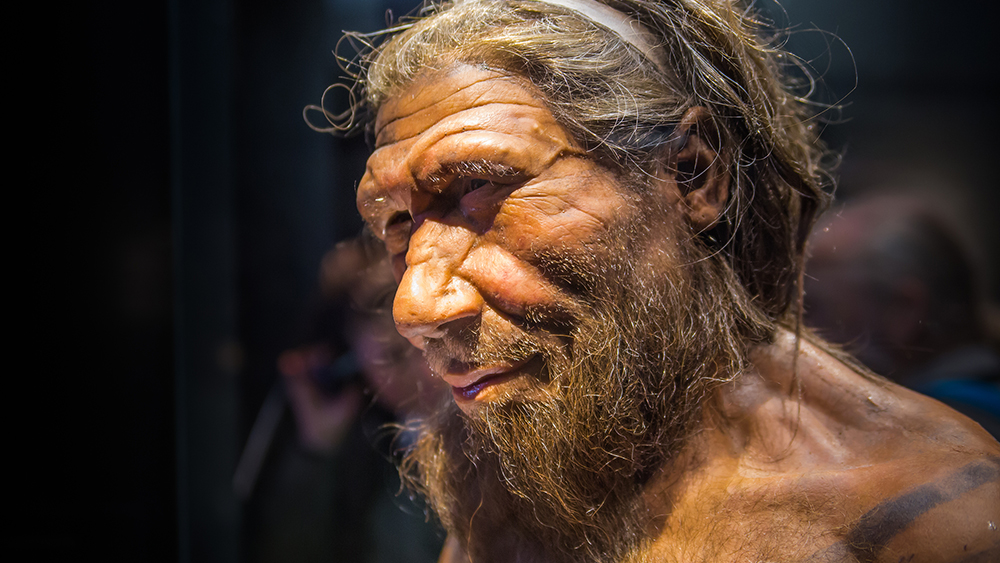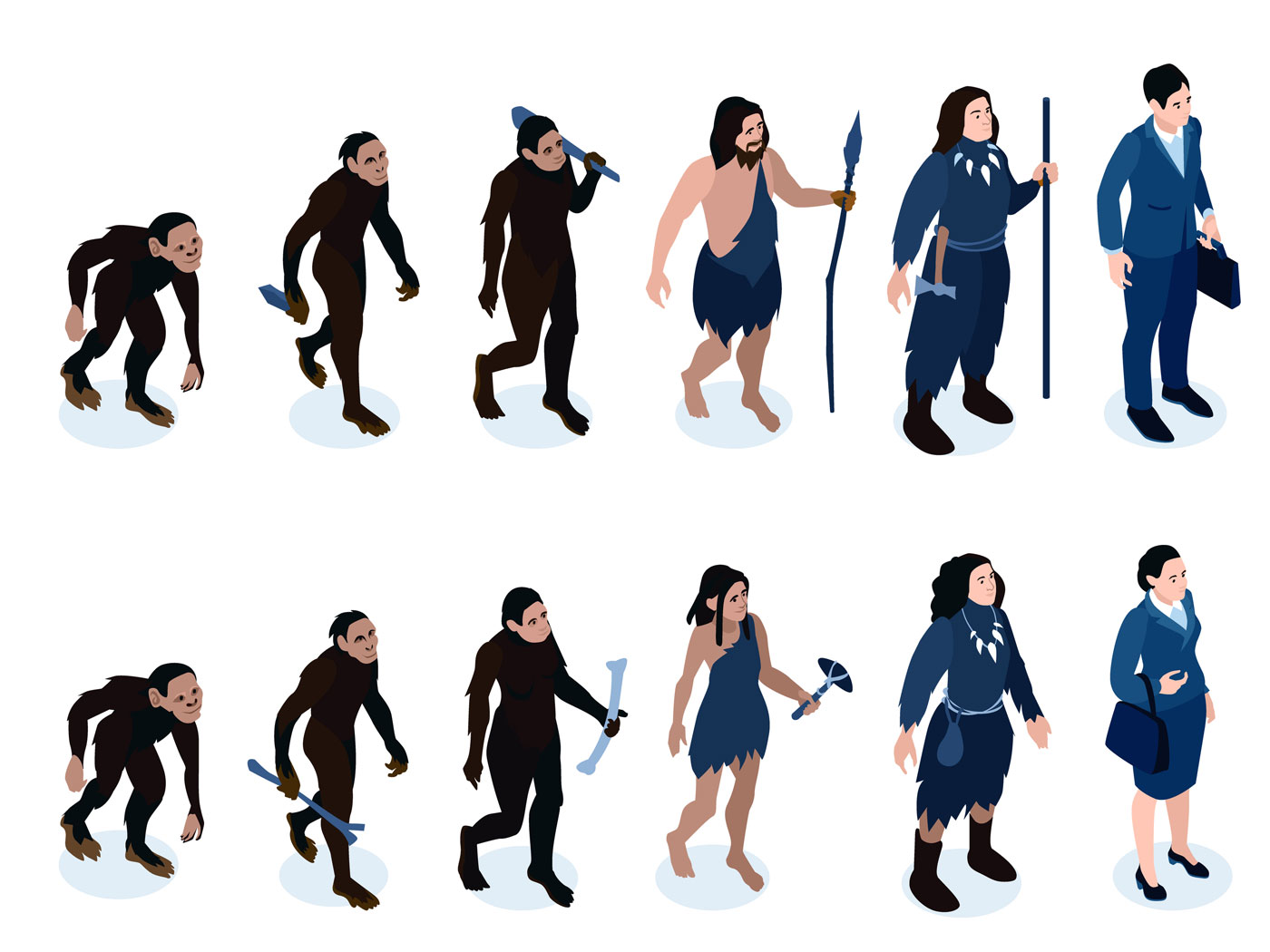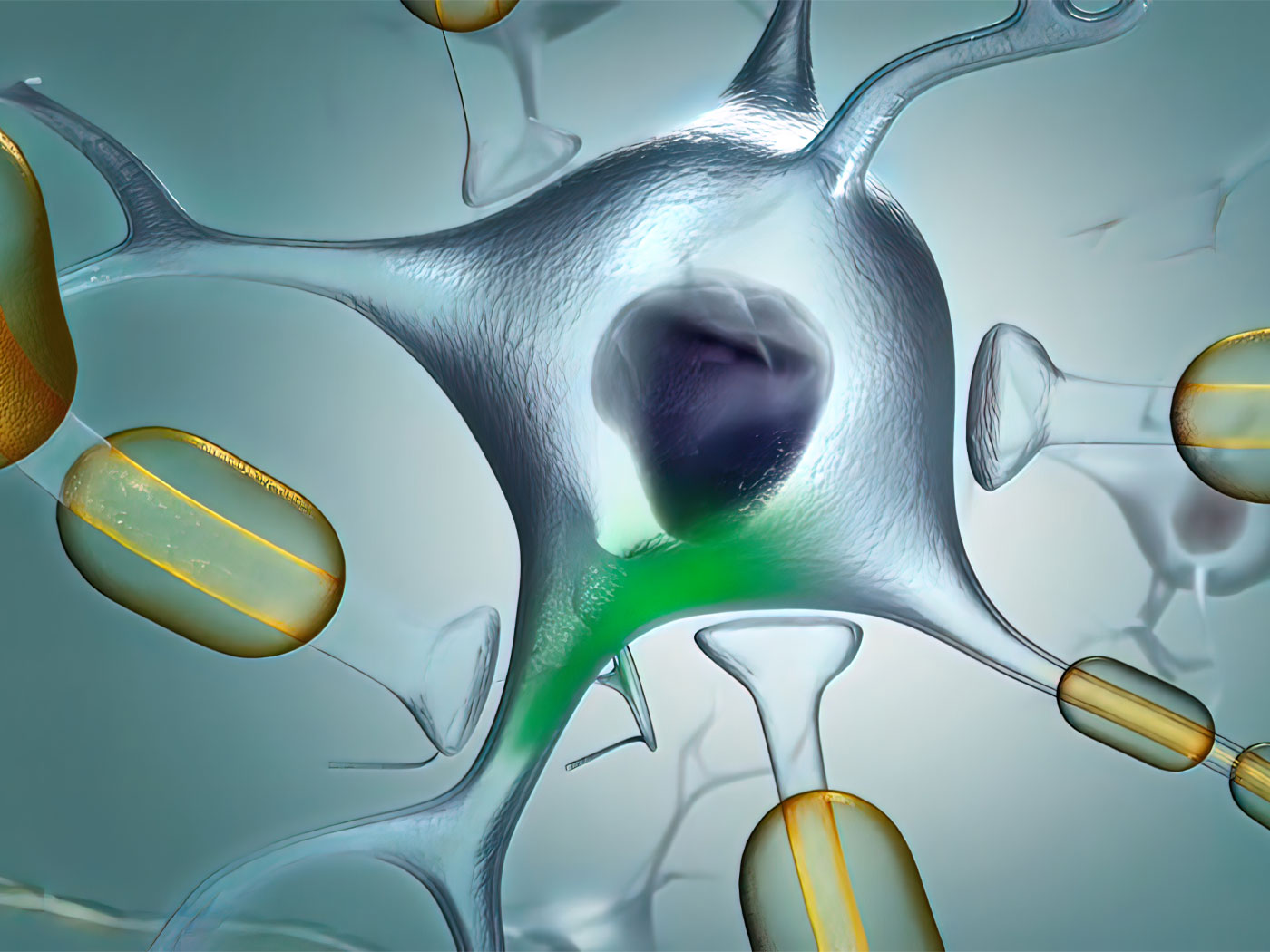The evolutionary community said it perfectly in their headlines: “Proof that Neanderthals ate crabs is another 'nail in the coffin' for primitive cave dweller stereotypes.”1 That’s the key when it comes to these so-called sub-human primates (as some people would say). There’s nothing primitive about them.
Creationists maintain there are monkeys and great apes (orangutans, gorillas and chimpanzees), and there are people.2 Neanderthals have always been human.3 In fact, Neanderthals and people are more alike than brown and polar bears!4 One science writer recently said, “A study published in Frontiers in Environmental Archaeology shows that 90,000 years ago, these Neanderthals were cooking and eating crabs.”1 While creationists openly question how long ago evolutionists state this event happened, they see Neanderthals seeking, cooking and eating crabs just like any people group today.
The evidence indicated to [Dr. Mariana Nabais of the Catalan Institute of Human Paleoecology and Social Evolution (IPHES-CERCA), lead author of the study] and her colleagues that Neanderthals weren't just harvesting the crabs, they were roasting them. The black burns on the shells, compared to studies of other mollusks heated at specific temperatures, showed that the crabs were heated at about 300-500 degrees Fahrenheit (150-260 degrees Celsius), typical for cooking. "Our results add an extra nail to the coffin of the obsolete notion that Neanderthals were primitive cave dwellers who could barely scrape a living off scavenged big-game carcasses," said Nabais.1 [emphasis added]
In fact, evolutionists think these people “may have spiced up menus with wild herbs.”5
The authors cautioned that it was impossible to know why Neanderthals chose to harvest crabs or whether they attached any significance to consuming crabs, but whatever their reasons eating the crabs would have offered meaningful nutritional benefits.1
A cursory look at the popularity (and expense) of seafood today might lead one to surmise that Neanderthals ate crabs...because they taste good?
To conclude, 100% humans gathering together to eat 100% crabs harvested from nearby summer tidal pools, roasted at just the right temperature, possibly spiced up with wild herbs and eaten in the shelter of a cave.
This could have happened last week. When will the evolutionary community get the notion of primitive cave-dwellers out of their mindset? Neanderthals are as human as you and me.
References
- Frontiers. Proof that Neanderthals ate crabs is another 'nail in the coffin' for primitive cave dweller stereotypes. Phys.org. Posted on phys.org February 7, 2023, accessed February 15, 2023.
- Tomkins, J. et al. 2022 Human Origins. Dallas, TX: Institute for Creation Research.
- Sherwin, F. Breaking News: Humans Procreated With... Humans. Creation Science Update. Posted on ICR.org October 20, 2022, accessed February 16, 2023; and Tomkins, J. Neanderthal DNA Muddles Evolutionary Story. Creation Science Update. Posted on ICR.org April 7, 2020, accessed February 16, 2023.
- Tomkins, J. Humans and Neanderthals More Similar Than Polar and Brown Bears. Creation Science Update. Posted on ICR.org June 28, 2020, accessed February 15, 2023.
- Brahic, C. Neanderthal chefs may have spiced up menus with wild herbs. New Scientist.Posted on newscientist.com April 15, 2015, accessed February 16, 2023.
*Dr. Sherwin is science news writer at the Institute for Creation Research. He earned an M.A. in zoology from the University of Northern Colorado and received an Honorary Doctorate of Science from Pensacola Christian College.




















